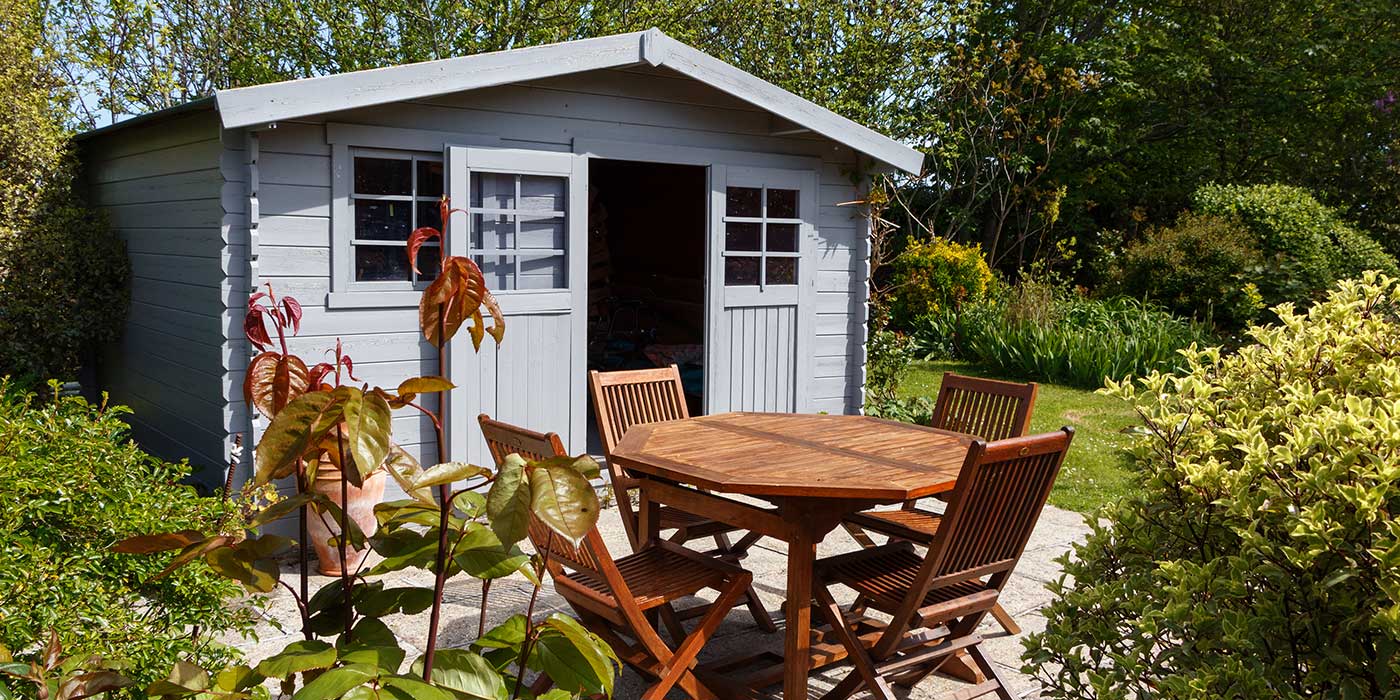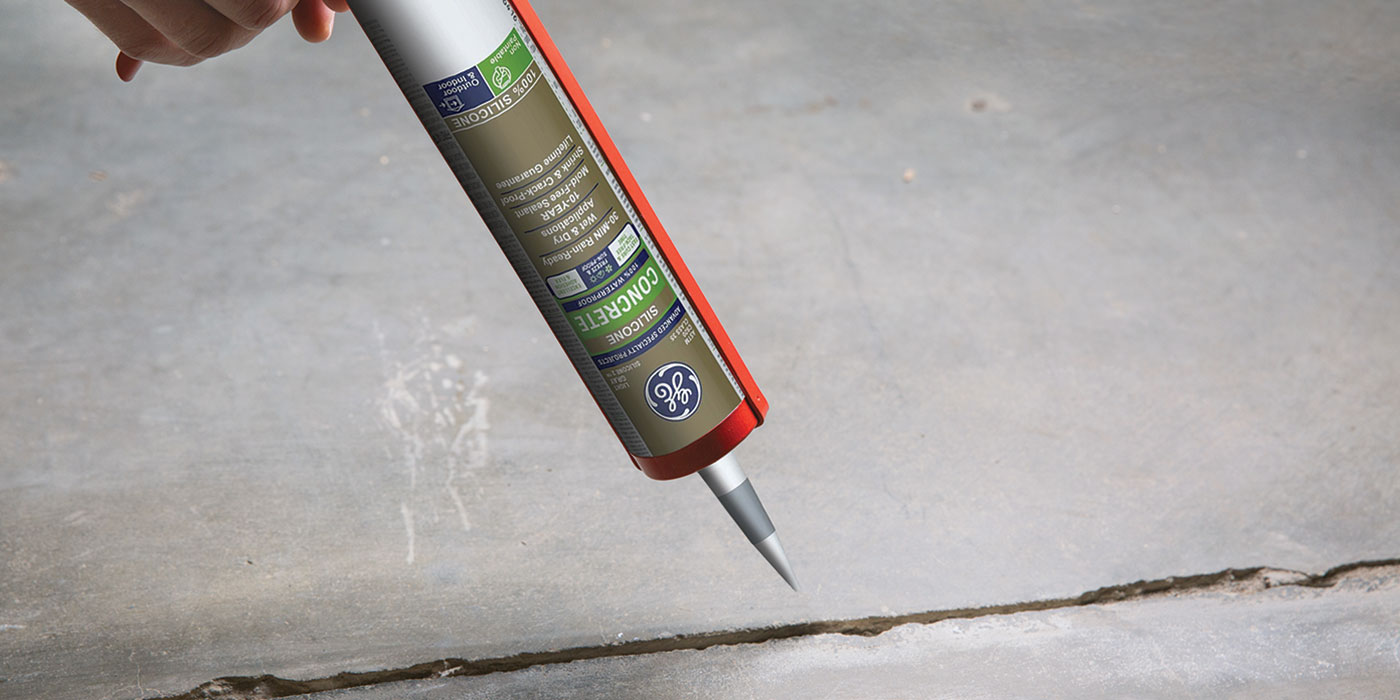It’s easy to get caught up in our day-to-day lives and let home maintenance tasks fall by the wayside. By taking a few simple steps now, you can ensure your home is ready for winter, and help prevent costly repairs down the track. Follow our November homeowner to-do list to help prepare your home for colder months ahead and enjoy peace of mind this winter.
1. Remove last of fall leaves
The last of the leaves will fall in November if they haven’t already. Remove them from the yard or if there aren’t many, leave them there and mulch them up with your lawn mower. A layer of organic matter is beneficial to the health of your lawn. Also check your gutters to make sure there are no leaves or debris that can restrict draining.
2. Emergency kit for your car
Prepare an emergency kit for each of your vehicles. A basic kit should include food that won’t spoil, such as energy bars, water in bottles that won’t break when frozen, a blanket, extra clothing, boots, first aid kit, seatbelt cutter, small shovel, window scraper, snow brush, candle in a deep can, matches, wind‑up flashlight, whistle and road maps.
3. Early holiday prep
Towards the end of November is the time to start your holiday prep. Test your exterior Christmas lights and replace burnt out bulbs. If the weather is good, hang them early and don’t turn them on until December. Purchase holiday greeting cards and make a list of those to send to. Figure out a budget for gift giving and start shopping the sales.
4. Check caulking around plumbing fixtures
If caulking around your sinks, shower and bathtub has dark spots, is missing or pulling away, remove those sections with a utility knife and replace with a fresh bead. Water that leaks under caulk can lead to mould and rot in the substructure and a very expensive repair.
5. Do a fall clear-out
Go through your house and find things you no longer use and recycle them or donate to charities. Items should be clean and undamaged. Items that are damaged and beyond repair should go in the garbage. Look for no longer used furniture, toys, clothes, small appliances and household items. Also go through your pantry and throw out expired food that has been sitting for a while.
6. Check floor protectors on furniture legs
Inspect the felt pads underneath furniture legs. If they are missing or damaged they will not be able to protect your wood floors from scratches or scuff marks when the furniture is moved. Felt floor protectors are available in assorted sizes, shapes and colours so they won’t be visible.
7. Inspect home for air leaks
Check for drafts around doors, windows, outlets on exterior walls and the attic hatch. The easiest low tech way of doing this is to light a candle and see if the flame flickers when it’s close to the area in question. If there is a lot of flickering you have a draft. Seal the leak with the appropriate weatherstripping or caulking.
8. Clean air ducts
It is recommended to have your air ducts cleaned every 2-3 years. When an HVAC system is clean, it doesn’t have to work as hard to maintain temperatures. Cleaning your air ducts is an important maintenance service for the longevity of the system. Air duct cleaning should be done by the professionals since they have the heavy duty equipment.
9. Inspect appliances
Check your kitchen and laundry appliances to make sure they are clean and in good working order. If something is starting to act up, call in a professional to have it looked at before the appliance gets worse and stops working. Keeping your appliances well maintained helps them last longer and reduces the risk of appliance-related property damage.
10. Insulate pipes
Insulating water pipes is one of the most effective and affordable ways to prevent them from freezing. This is especially important for the unheated areas in your home, such as an attic. When selecting water pipe insulation, consider the R-value of the various options. The higher the R, the greater the insulating power. Choose from pipe wrap or insulating foam tubes.
11. Replace furnace filter
Your furnace filter needs to be changed regularly to keep your furnace running efficiently. How often you change filters depends on the size of your filter. Generally, the smaller the filter, the more often it needs to be changed. If you are unsure how often to change the filter on your furnace, consult the manufacturer’s manual.
12. Test carbon monoxide & smoke detector batteries
Continue to test all your battery powered and hard wired detectors. Most detectors have a test button and will sound a short alarm that indicates the unit is working. Replace any non- functioning or outdated detectors.
You’ll be glad you invested time in these essential maintenance tasks to help prevent expensive repairs and get your household ready for winter. Visit your local TIMBER MART for home maintenance supplies, and stock up on winter essentials today.



